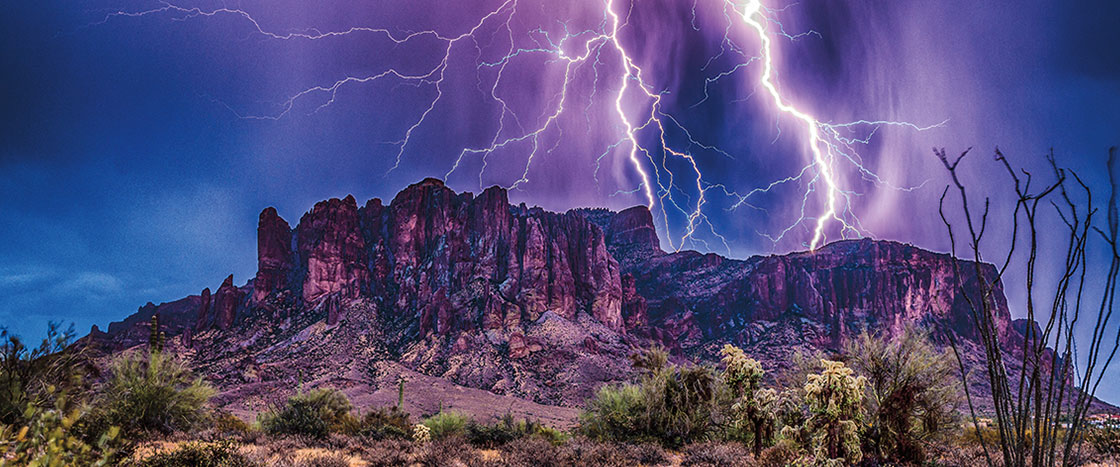Should we turn back before it’s too late?
This is what I keep wondering as I climb over steep, rocky slopes with my daughter, Zoe. The air is filled with an eerie silence. Then a rustling noise makes me jump. Is it a rattlesnake? A mountain lion?
Or a ghost?
On Superstition Mountain, anything is possible.
Superstition Mountain is part of a mountain range in Arizona, 40 miles east of Phoenix. But it’s more than that. It’s a place that some believe is cursed.
Over the past 150 years, many people have come here looking for gold. Dozens have disappeared or died. Even today, four or five people go missing every year.
So what am I doing here?
Should we turn back?
I keep asking myself this as I climb over steep, rocky slopes.
I am with my daughter, Zoe. The air is filled with an eerie silence. Then a rustling noise makes me jump. Is it a snake? A mountain lion?
Or a ghost?
On Superstition Mountain, anything is possible.
Superstition Mountain is part of a mountain range in Arizona, 40 miles east of Phoenix. Some people believe it is cursed.
Over the past 150 years, many people have come here looking for gold. Dozens have disappeared or died. Even today, four or five people go missing every year.
So what am I doing here?

